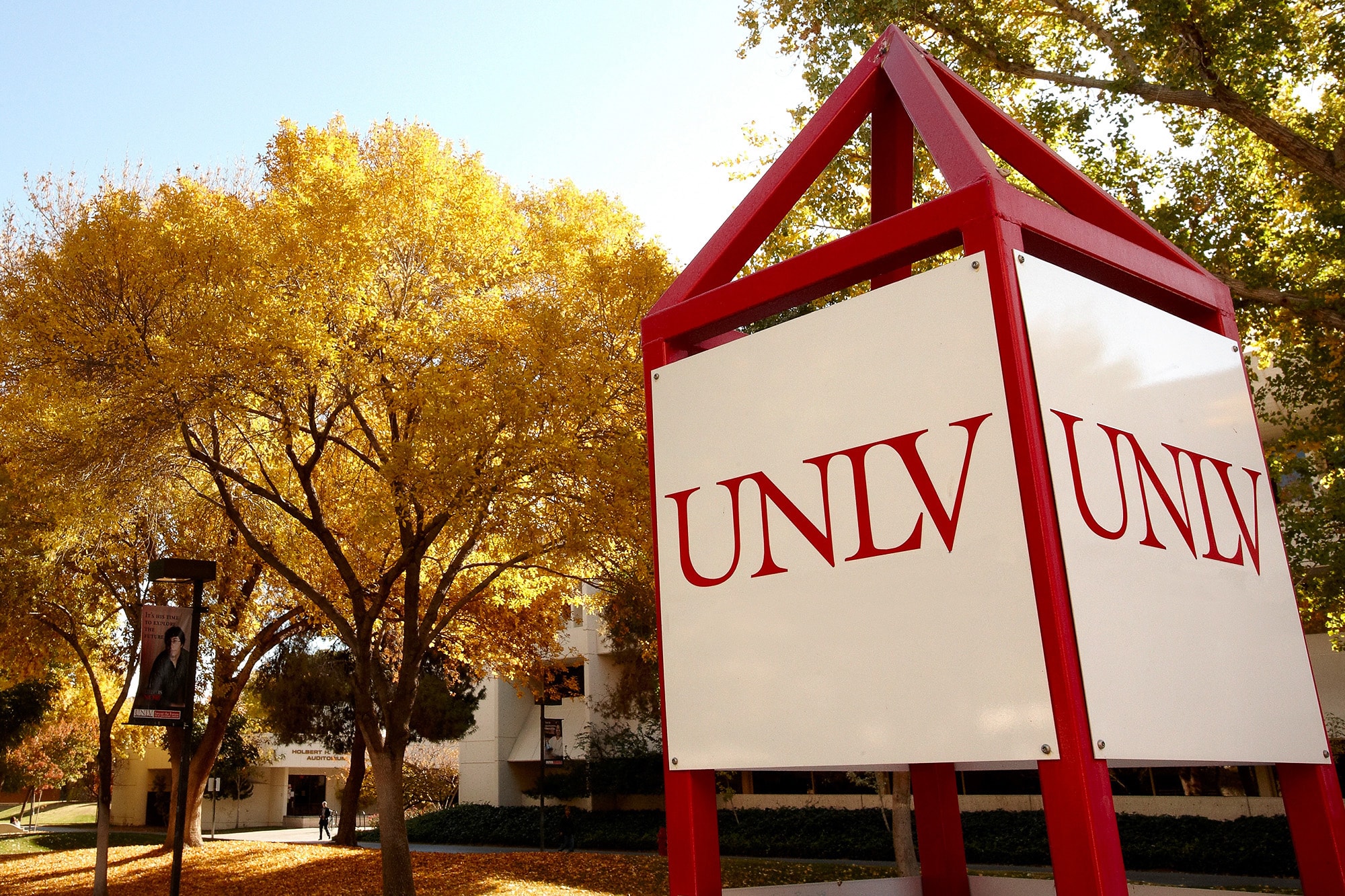Gaming business volume on the Las Vegas Strip recovered significantly quicker following the attacks of Sept. 11 than most industry management and analysts had predicted, according to a new UNLV study published this month in the Cornell Hospitality Quarterly.
Using monthly reports released by the Nevada Gaming Control Board between January 1990 and November 2004, researchers analyzed slot machine coin-in - or the total dollar amount wagered in slot machine during play - as an indicator of gaming volume recovery. Slot coin-in is considered a strong indicator of gaming volume because it does not factor in luck or short-term volatility and is increasingly important in the overall gaming mix.
The analysis indicated that the most adverse effects on gaming after Sept. 11 lasted only five months, from September 2001 through January 2002. That rapid market recovery was at odds with dire predictions made by industry analysts and executives, the latter of which contributed to subsequent lay-offs and capital project delays. Researchers say those management decisions damaged employee morale and significantly hindered property operators' abilities to meet demand following recovery of the tourism market.
"Our study points to the need for managers to set aside the understandable fears that inform decision making during difficult times," said Bo Bernhard, director of gaming research at UNLV's William F. Harrah College of Hotel Administration. "Our results also support previous
terrorism-related tourism research that shows business levels tend to return to normal much more quickly than the masses and managers fear."
Researchers also argue that although the terrorist attacks of Sept. 11 caused an abrupt and severe decline in travel and tourism, the Nevada gaming industry was already ensnared in a slowdown prior to that day. Researchers say that gaming revenue in Las Vegas was negatively affected by a lack of new properties in 2000 and 2001, the number of commercial casinos operating in other states, and competition from nearby Native American casinos in California, Las Vegas' major feeder market. The latter slowed the recovery after Sept. 11 because Indian gaming allowed would-be gamblers to avoid air travel to Las Vegas, which was also cited at the time as a high profile terrorist target.
Although slot coin-in is the purest indicator of gaming volume, researchers acknowledge that future research on gaming volume should take into account the recovery of table games, such as blackjack, craps, and baccarat, to provide a more comprehensive analysis of recovery. Also, because the study focused strictly on Las Vegas Strip properties, the study does not provide significant insight to the recovery of various locals' markets.
In addition to Bo Bernhard, researchers included David Eisendrath, an executive at Harrah's Entertainment; Anthony Lucas, associate professor of hotel management at UNLV, and Dennis Murphy, professor of statistics at UNLV. The study, "Fear and Managing in Las Vegas: An Analysis of the effects of September 11, 2001, on Las Vegas Strip Gaming Volume," appears in volume 49, Issue 2, of the Cornell Hospitality Quarterly.



